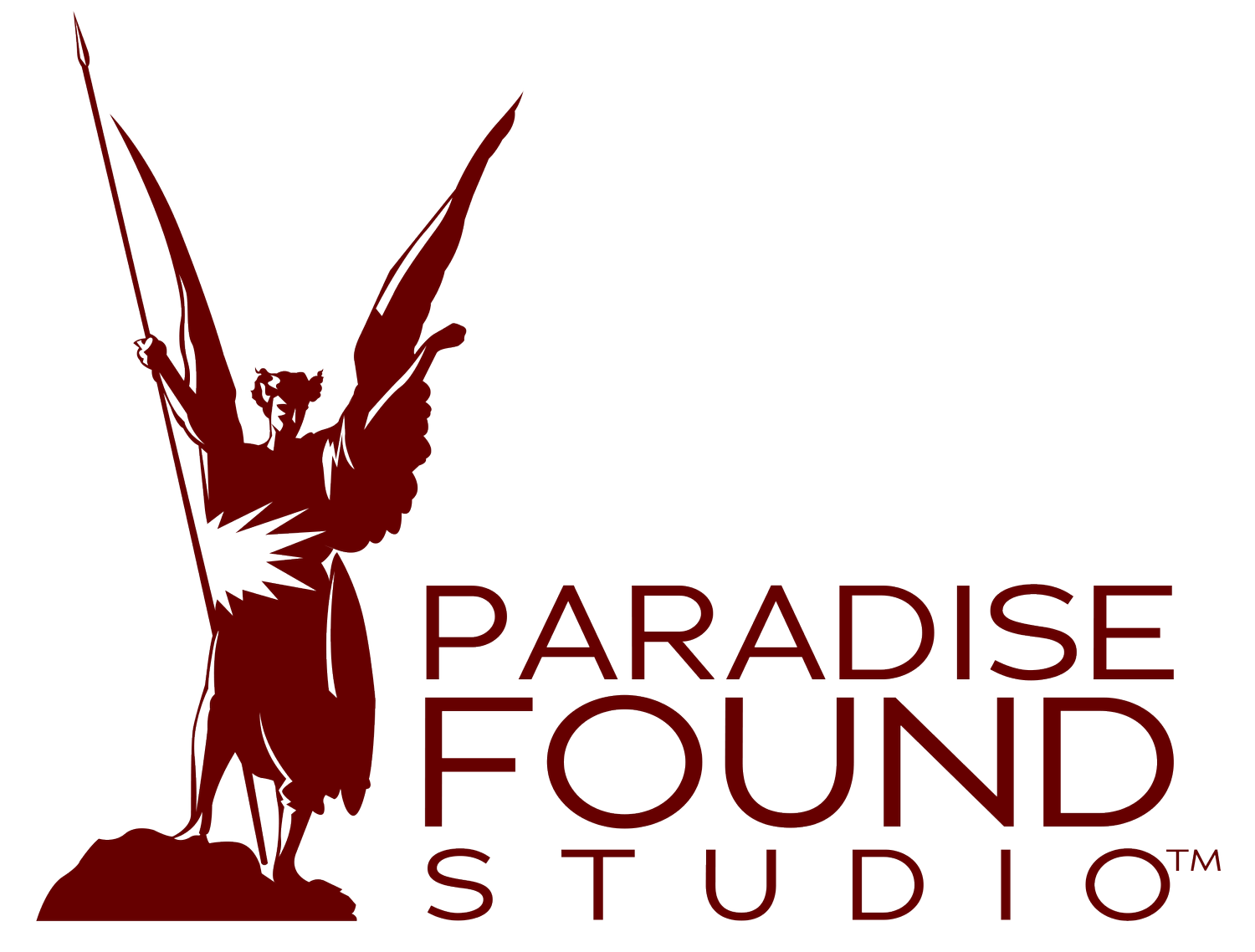
Giclée Reproduction Process:
Enhancing Gustave Doré Images with Vibrant Color & Life
by Kevin Pawlowski, Paradise Found Studio
How often do you browse through your favorite art gallery (hopefully Paradise Found Studio!), fall in love with a piece, and are then heartbroken because the price for the original is out of reach for your budget? Giclée reproductions offer a solution that allows you to bring home museum-quality pieces at an accessible prices.
What Are Giclée Reproductions?
Giclée (pronounced “zhee-clay”) reproductions are high-quality prints of original artwork created using a specialized inkjet printing process. The term "Giclée" comes from the French word gicler, meaning "to spray," referencing the method of precisely spraying archival inks onto fine art paper or canvas. This advanced printing technique ensures exceptional detail and vibrant color accuracy, capturing the texture and nuances of the original piece.
Strict quality control is followed with every step of the reproduction process, and carefully overseen by the artist himself.
Step 1: Capturing the Image
For the unique watercolor etchings by Kevin Pawlowski, the original images are rescued from dilapidated 19th century books like “Paradise Lost” by Milton, with illustrations by Gustave Doré.
Kevin carefully removes a page from the book, and tapes it down to a secure surface. Then he adds hundreds of transparent layers of watercolor pigment to achieve a nuanced and rich color image. You can see a time elapsed video of the painting technique by clicking here.
The finished art is placed face-down on a large flat bed scanner, and a high fidelity scan is captured.
(above) Original image from 19th century copy of Paradise Lost. (below) Etching removed from book and over-painted with watercolor.
Step 2: Enhancing The Image
The printed images in the original book have faded over time. In addition, while high quality watercolor pigments are mostly transparent, so many painted layers can cloud over and partially obscure some the underlying details.
Using Adobe Photoshop, the black etched linework is separated from the color. The contrast of the etched layer is optimized so anything black is 100% solid, and anything else is blown out. The ensures all details are captured and rendered in their intended glory.
For the color layer, Kevin decided to enhance the richness of the color and reduce the yellow tint of the original paper. This brings the image to life in a way that isn’t possible by traditional media alone.
Step 2: Giclée Printing Process
Giclée is an advanced printing technique ensures exceptional detail and vibrant color accuracy, capturing the texture and nuances of the original piece.
One of the key advantages of Giclée printing is its use of pigment-based inks and high-resolution technology, which results in prints that are not only visually stunning but also long-lasting. These inks are fade-resistant, ensuring the artwork retains its brilliance for decades when properly cared for. Additionally, Giclée prints can be made on a variety of surfaces, including watercolor paper and canvas, offering versatility in presentation.
Watercolor etchings are printed on Somerset Velvet watercolor paper, to simulate the look and feel of original art. It is glare-free and looks beautiful matted and framed.
At Paradise Found Studio, Giclée reproductions of Kevin Pawlowski's artwork allow you to enjoy museum-quality pieces at an accessible price. Each print embodies the essence of the original creation, making it a perfect choice for collectors and art enthusiasts alike.




